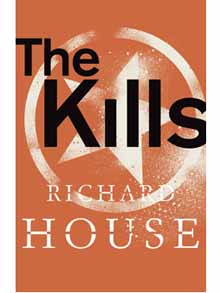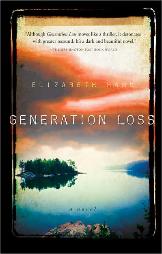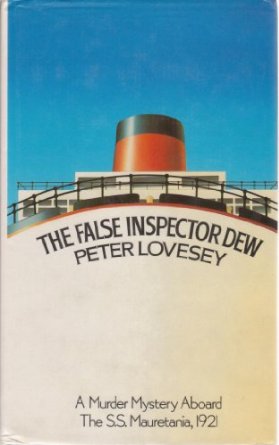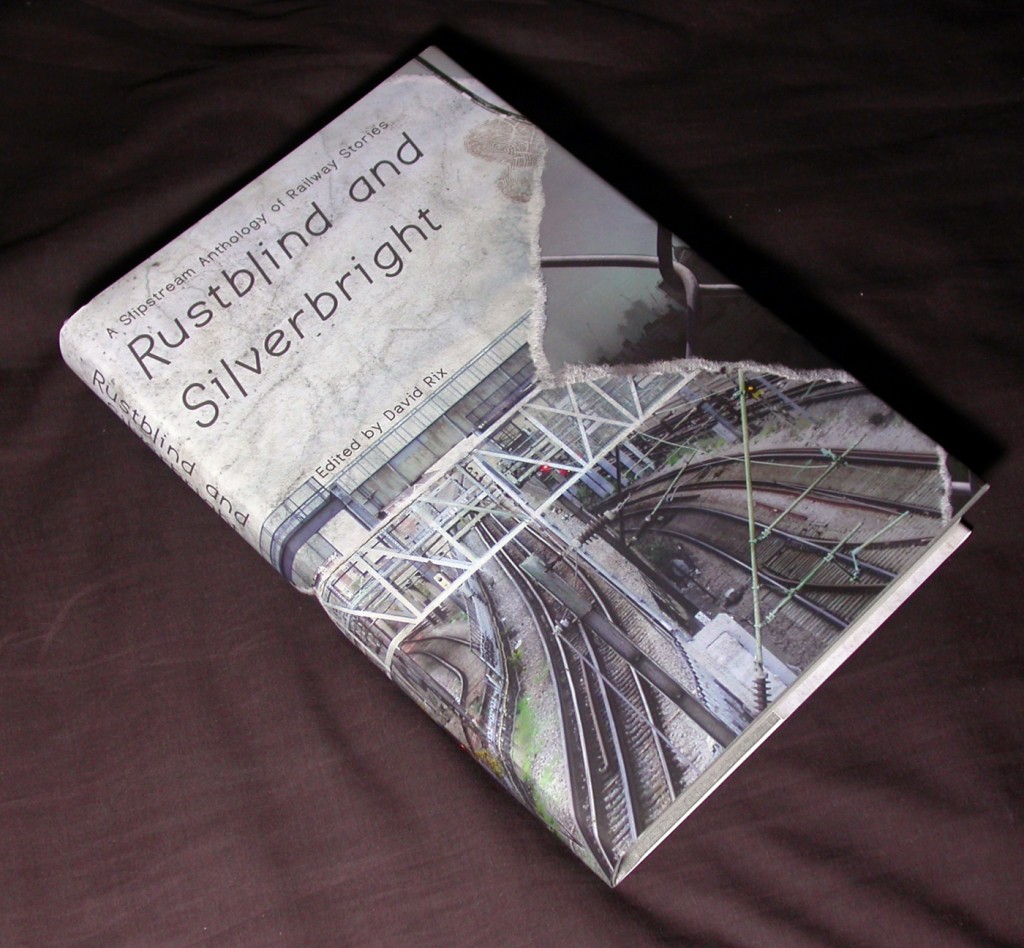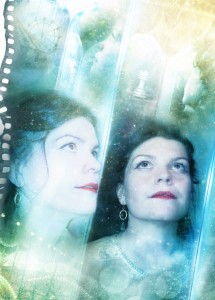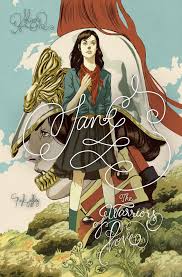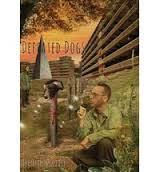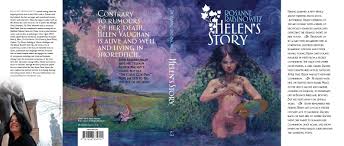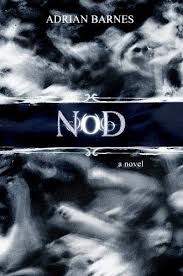“At the moment we seem to be in a place with narrative fiction where there are people quite happy to write very straight-up nineteenth century realist stuff and people who want to play Derridean language games exploring textuality. I would like to say that there is a third interesting thing that fiction writers can do, which is to take on, in a speculative realist way, scientific ideas about the self and to engage with social complexity: how memory constitutes itself. So for all these reasons thinking about the self is important to me.”
(Hari Kunzru, in an interview with 3am Magazine)
We were at the V&A on Friday, attending the exhibition of graphic arts, installation and text entitled Memory Palace, based around the 10,000-word novella of the same name by Hari Kunzru. The exhibition is something of a new concept. Instead of working with a pre-existing text, the expo’s curators, Laurie Britton Newall and Ligaya Salazar, commissioned Kunzru to write an original work, knowing from the outset that it was to form the basis of a collaboration between one writer and 20 visual artists. (The curators explain more about this process in an essay here.)
I’ve been keen to catch up with Kunzru’s fiction for quite some time now. I’ve read his journalistic non-fiction with great pleasure, and his novels come highly recommended by critics I trust. Also, Kunzru has a refreshingly open and constructive attitude to science fiction, a fact readily apparent from this piece he wrote about Michael Moorcock for The Guardian in 2011. As explicitly full-on SF, his novella ‘Memory Palace’ seemed the ideal place to start and I was keen to visit the expo. I purchased the book more than a month ago in readiness, but due to an insanely expanding list of reading commitments I found the day of our trip to the V&A dawning with the novella still unread.
As it turned out, this was a good thing, because it meant I finished reading the text just shy of London Bridge, and stepped into the world of the exhibition just a short while later with Kunzru’s story still headily intact in my mind. In this state of full receptiveness, the exhibits seemed like a natural extension of what I’d just read, a logical enhancement of the experience. The quality of the graphic art was superlative. That the artists involved in the project were excited and inspired by Kunzru’s words – that they found them relevant and provoking and significant in their own lives – was movingly apparent in every piece on show. The work was also very beautiful. ‘Memory Palace’ shows us a radically unpleasant, dangerous and intensely possible-seeming vision of the future – yet, tellingly, the overall sensation evoked by this exhibit is one of warmth and great humanity.
This exhibition has clearly made a big impression on people. Looking at the online write-ups though, the thing that strikes me is how little direct commentary there has been on the full text of Kunzru’s story itself. There seems to be a tacit acceptance of the curators’ assertion that ‘print … is losing its dominance as a deliverer of the written word’, that Memory Palace the exhibition – ‘a physically immersive illustrated story that explores the idea of an exhibition as a walk-in book’ – is in its way the determining experience, more complex and more complete than ‘Memory Palace’ the story that inspired it.
Personally, I would have to disagree. I loved the exhibition – but I know that I will remember it chiefly as a very beautiful illustration of Kunzru’s text. Walking among the exhibits was inspiring and exciting – but as an intellectual and creative experience it could not compare even remotely with my private, concentrated reading of Kunzru’s story as we rushed towards an early draft of the London he seemed to be describing.
For me, words on a page are still the most immersive and interactive of all media. Best of all, you don’t need a machine or even a power source to get involved with them – they can be produced and explored and made to shimmer by anyone armed with a pencil and a scrap of paper. Print losing its dominance as a deliverer of the written word? I have yet to be convinced, I’m afraid.
‘Memory Palace’ is set in London 500 years in the future. An electromagnetic event of seismic proportions has destroyed our digital present, plunging the world into a new version of the Dark Ages. London is ruled by the ‘Thing’, a class of warriors convinced that mankind’s only salvation lies in a return to the Edenic state. Technology is outlawed. The act of remembering is banned. As a member of a secret organization of ‘memorialists’, the narrator of ‘Memory Palace’ sits in prison awaiting interrogation. He believes it all but inevitable that his time in prison will end with his execution.
The table, the bed, the rivets in the metal door – nothing about this cell is specific. None of it carries a trace. I could be anywhere, at any time in history; there have always been places like this. One thing I know: the blankness is not an accident. It is the meaning of my cell, the message my captors want to convey to me. (p25)
‘Memory Palace’, with its taut, intense interchanges between prisoner and captor, instantly evokes memories of allied texts – Winston Smith’s conversations with O’Brien in Orwell’s 1984, Montag’s journey from law-enforcer to law-breaker in Fahrenheit 451, Ivan’s story of The Grand Inquisitor in The Brothers Karamazov – but in the power of its imagery, its elastically ironical, quicksand-silver use of language and the strength and originality of its London writing, this story gains through these resonances and is an essential and honourable addition to the core canon of science fictional dystopia. I tend to have a very physical reaction to writing I believe to be good, to be the real thing – and reading ‘Memory Palace’ made my heart rate increase, my breath quicken. To see a writer so perfectly achieve what he set out to do, to do it beautifully and with such conviction, is the greatest inspiration another writer could ask for.
I would wholeheartedly recommend anyone to buy the book and read this story. I would also encourage those who do read this story and like it to remember to include it on their SF awards nominations ballots for 2014. There are always a good few complaints during awards season about the poor quality of short fiction available for nomination. There are plenty of private moments when I find myself thinking people don’t complain enough – but as with all categories, the quality work is out there, you just have to look for it, sometimes outside of the more obvious venues. I’ve already highlighted stories by Sofia Samatar, Elizabeth Knox and M. John Harrison (if you haven’t bought and read ‘Cave & Julia’ already, then do so NOW) as shining examples of stories that deserve support and recognition. Kunzru’s ‘Memory Palace’ is another, the kind of story I envy for its grace, its articulacy, its passion, both for the subject in hand and for the words used to explore it. This is the kind of SF I want to be reading – and to be writing.
(A quick afterword on the physical book. If you can’t get to London to see the exhibition itself, don’t worry, because Memory Palace the book is a stunningly lovely and readily portable version of many of the things you would see at the V&A, the exhibition in your pocket, as it were. It contains high quality reproductions of many of the graphic works, together witb preliminary sketches for the installations. Most importantly it contains the full text of ‘Memory Palace’ – the one thing the exhibition could not practically contain, but that is the rationale and pivotal component of the entire enterprise.)
